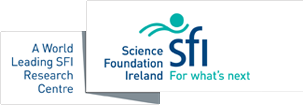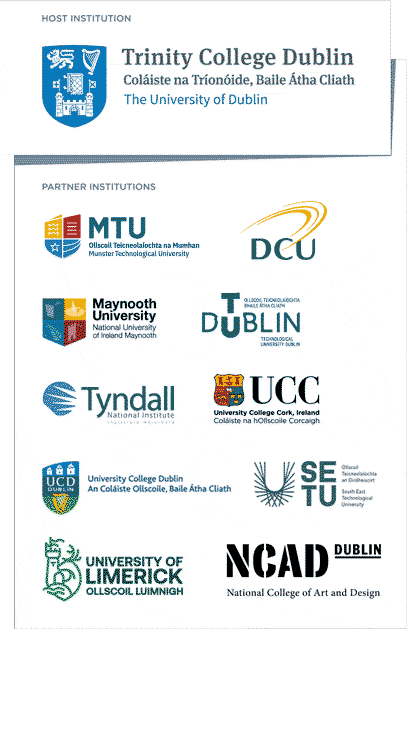
Title: Nonlinear Measurements of Electrochromic WO3/LiNbO3/NiO at Microwave Frequencies
Authors: Senad Bulja, Dmitry Kozlov, Majid Norooziarab, Rose Kopf, Mark Cappuzzo, Al Tate and Robert Cahill.
Conference: IEEE RADIO and Antenna Days of the Indian Ocean (RADIO), 2023.
What’s this paper all about?
This paper investigates non-linear performance of inorganic Electro-Chromic (EC) materials. EC materials are a class of materials that change their physical appearance, i.e., colour under the influence of external dc bias voltage. They have been used in smart windows/switchable glass[5],[6]. A smart window can operate as a standard, transparent window allowing unimpeded light access, but, upon the application of a dc bias voltage, can be turned opaque by either changing its colour or by light diffusion, as shown in Fig. 1.
This paper shows that in addition to allowing change in the physical appearance, EC materials can also be used to enable a new type of devices that can be used in a new generation (6G) of telecommunications equipment. To be specific, this paper reports on the nonlinear characteristics of inorganic EC materials. Nonlinearity is of high importance in communications devices as their levels lead to signal distortion. For this purpose, we have created a purpose-made test cell based on an EC material stack with a material composition of WO3/LiNbO3/NiO. Using a single tone method, which is one of the standard ways of measuring distortions, we applied a sinewave signal at a frequency of f0 to the input of the Device-Under-Test (DUT) and measured the levels of nonlinearities at the output (second (2f0) and third (3f0) harmonics), Fig. 2.
Fig. 1 Smart window6: non-transparent (opaque) mode (left) and transparent (see through) mode (right)
What exactly have you discovered?
This is the first ever paper to report on the nonlinear performance of inorganic EC materials. High frequency dielectric tunability (the ability to change characteristics by the application of an external influence) of inorganic EC materials was discovered by Dr Bulja’s team in 2016[7] and since then efforts have been made to increase its high frequency dielectric tunability. In addition to the high values of dielectric reconfigurability as reported in our previous work[8] on EC materials, to the value of over 60%, here we show that the non-linear performance of inorganic EC materials is excellent. To be precise, the non-linear performance of inorganic EC materials is indistinguishable from those of the carrier material – SiO2 (silicon dioxide) in this case. In other words, the non-linear behavior of EC materials is the same as the non-linear behavior of “static” materials or materials that do not exhibit a change of colour upon the application of dc bias voltage. As our paper reports, the major source of nonlinearities stems not from the EC materials, but from the set-up. This is an indication that the level of nonlinearities produced by EC materials is extremely low.
Fig. 2 Multi-layer EC material topology, (b) Cell topology, (c) Nonlinear measurement setup
So what?
This paper complements our earlier reported findings on inorganic EC materials, where the primary focus lied with the increase of high frequency dielectric tunability and the possibility of tailoring the absolute values of dielectric permittivities in the non-actuated and actuated states. The fact that in addition to high levels of dielectric reconfigurability, EC materials possess an excellent nonlinear performance can be exploited in the context of RF/mm-wave devices such as phase shifters, reconfigurable antennas and filters, deeply required by the next generation of communication networks (6G). Such devices are not only expected to enable the creation of future networks but will make communications systems of the future (such as 6G) smaller, cheaper, simpler, and easier to operate.
Read the full paper here.
CONNECT is the world leading Science Foundation Ireland Research Centre for Future Networks and Communications. CONNECT is funded under the Science Foundation Ireland Research Centres Programme and is co-funded under the European Regional Development Fund. We engage with over 35 companies including large multinationals, SMEs and start-ups. CONNECT brings together world-class expertise from ten Irish academic institutes to create a one-stop-shop for telecommunications research, development and innovation.
Homepage FeaturePaper HighlightResearch Highlights




